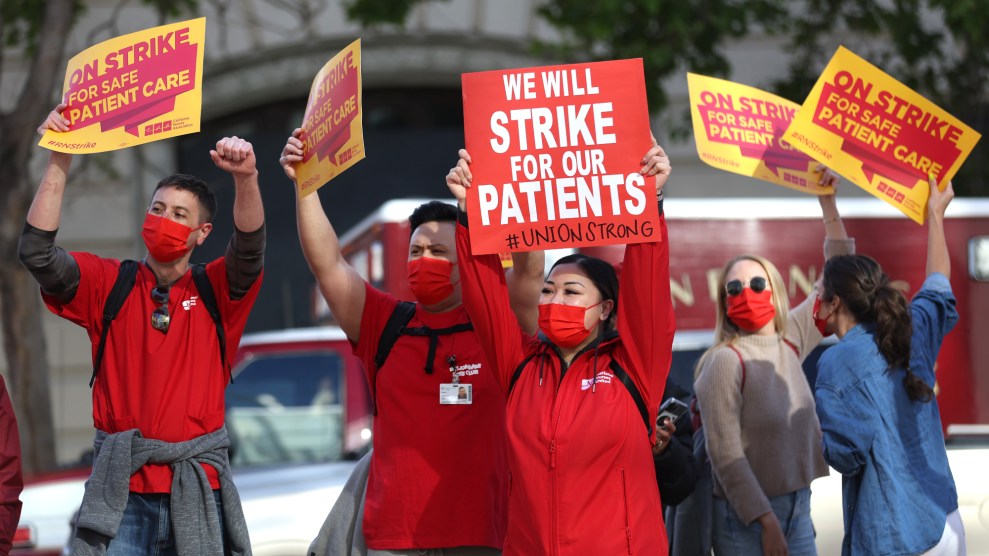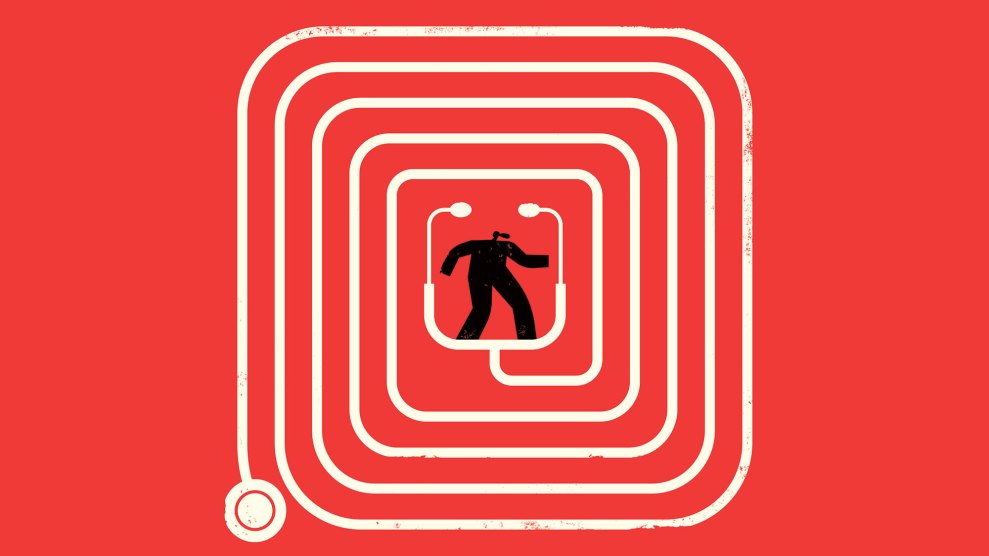
Dorothy Siemens
When I visited my cousin Beija in Munich last summer, her boyfriend, Julius, told me he was in his second year of surgery residency, and I was surprised by how well rested he looked. He and Beija had just returned from a boozy wedding over a long weekend, and as we watched soccer, ate schnitzel at a biergarten, and met family for lunch downtown, I kept expecting him to get a text and have to leave. But the weekend kept on rolling. It was a stark contrast to medical training in America, where residents refer to two days off in a row as a “golden weekend,” and spend three to seven years working 80 hours a week. As I start my last year of medical school this year, it makes me think about American medical training in a new light.
Designed by an influential 19th-century doctor with a cocaine addiction, residency in America has had extreme hours and low compensation for more than a hundred years. Today, though most residents have nearly a decade of postsecondary education—four years college, four years medical school—most make less than $70,000 a year, and work so many hours it amounts to near-minimum wage. After decades of resident-led advocacy, in 2003 the Accreditation Council for Graduate Medical Education, which oversees residency programs, capped resident hours at 80 hours a week, averaged over four weeks. In 2011, it placed a 16-hour cap on how many consecutive hours first-year residents can work, a response to research showing that a less-punishing schedule reduces serious medical errors. In 2017, the ACGME eliminated the cap on first-year resident shifts, which a recent paper found may reduce the risk of serious medical errors by 32 percent.
In an emailed statement, an ACGME spokesperson defended the removal of the working hour cap by citing research showing that shorter shifts actually lead to an increase in errors. They also pointed to the many committees, initiatives, and memoranda that have constituted their response to resident burnout. “No one aspect of well-being is more relevant than any other,” said the spokesperson. “A system-based problem requires a system-based collaborative approach.”
But the ACGME’s own reforms don’t meet this standard. Take the paper showing that shorter shifts can lead to increased errors. The paper’s authors conclude that their findings may be misleading because “contrary to National Academy of Medicine recommendations, the ACGME 2011 work-hour limits were not accompanied by firm workload limits or funding to support increased staffing.” The NAM proposed a “system-based collaborative approach,” and the ACGME ignored it, letting residents work the same punishing schedules but in shorter increments.
There are stronger structural forces in Europe that keep the conditions of residency more livable. While medical training varies from country to country, all residents work far fewer hours than their American counterparts. Starting in 1998, the European Union capped working hours at 48 per week, and no more than 13 consecutive hours. Julius told me that while his contract limits him to 42 hours a week, residents sometimes work as many as 60 hours when things are particularly busy. American residents, meanwhile, often work more than 100 hours for three weeks in a row without violating regulations. A 2021 study found that more than half of North American residents suffer from burnout—a workplace malady defined by the feelings of exhaustion, cynicism, and futility—compared to 30 percent of their European counterparts.
Why are the demands of American residency so much greater? Part of it is Europe’s robust labor movement. European residents are well organized and willing to strike for better working conditions. In 2016, 37,000 residents in the UK (then part of the EU) went on strike when the government proposed they work longer weekend hours without additional pay. To be sure, there are some encouraging signs in America. At LA County+USC hospital, where I’m in training, residents threatened to strike after years of making subminimum wage. The county health department, which had been stonewalling them, agreed to give them a 15 percent pay raise and a $3,000 housing stipend increase.
But only 15 percent of American residents are in a union. Many believe they have less solidarity with nurses—stalwarts of the American labor movement—than with attending physicians. Residents see themselves not as labor but as management-to-be. Senior doctors benefit from this arrangement, often delegating their most grueling work to residents, and reducing their own incentive to help reform a system that lets them sleep longer and see their family more. Hospitals, health systems, and insurance companies also benefit from the cheap, plentiful, and often excellent care that residents provide.
The ratio of doctors to sick people is also more forgiving in Europe. European countries have nearly twice as many doctors per capita as the United States does—4.9 vs. 2.6—and by most metrics, Americans are much, much sicker than Europeans. As the global health scholar Elizabeth Bradley shows, spending on social services improves health outcomes. Europeans are likely healthier because they spend more on preventive care, have a more robust safety net, and have more infrastructure for public health. Fewer Europeans end up in the hospital in the first place.
The reason there are fewer doctors per capita in the US is also straightforward. The federal government funds most residency programs, and in 1997, the number of residency spots funded by Medicare was capped at 100,000. It’s increased by only 40,000 since then, even as the country’s population has increased by 62 million people. Even if there were more funding, organizations like the ACGME have strict processes for granting accreditation to new residency programs. According to the sociologist Paul Starr, professional organizations have used accreditation both as a tool for improving the quality of American medical education and as a gatekeeping mechanism. It’s simple labor economics: The scarcer a profession is, the higher its wages.
And Americans do earn more than European doctors. An Irish primary care physician makes on average $172,000 a year, while an American makes $220,000. But European doctors are stretched less thin. At most American teaching hospitals, residents and attending physicians have the virtually impossible task of treating patients who have fallen through our tattered safety net, all the while understaffed. Though the country faces a shortage of as many as 124,000 doctors, the American Medical Association advocates adding only 14,000 residency spots.
So what can individual residents do? In the short term, form unions. Residents are low in the pecking order but numerous and essential. Unions are their best bet to counter the powerful political forces—like hospitals and health systems—that profit from every hour of their labor. Unions would also allow residents to advocate for longer-term policy reform more effectively. Since training new doctors takes a decade at least, unions could push for more nurse practitioners, physician assistants, and clinical pharmacists to help reduce residents’ workload by managing patients’ chronic diseases, like diabetes. (The AMA has lobbied to prevent states from allowing non-physician providers to perform this type of care, even under supervision of a doctor.) Unions could also pressure lawmakers to get rid of the cap on Medicare-funded residency spots, and to fund social programs that keep patients out of the hospital.
But some of the barriers to reform are psychological. There’s a perceived valor to medical training. We feel special yet selfless, and it makes us easy to exploit, and even makes us defend the conditions of our own exploitation. In Europe, residents understand on a deeper level that the time they spend relaxing in a biergarten can be as important to their education—and providing good-quality care—as the time they spend learning to suture in the OR.
This piece has been updated.













